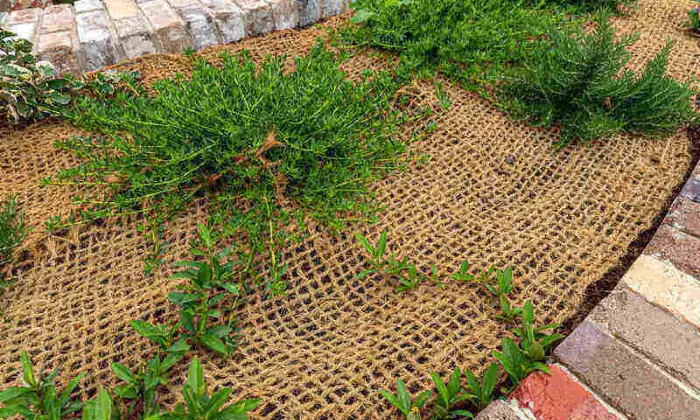In gravel landscaping projects, the introduction of landscape fabric presents a valuable addition to enhance both the aesthetics and functionality of the outdoor space. Landscape fabric, also known as weed barrier or weed control fabric, is a permeable material typically made from woven or non-woven polypropylene. Its primary purpose is to inhibit weed growth while allowing water, air, and nutrients to penetrate the soil.
Understanding Landscape Fabric Under Gravel
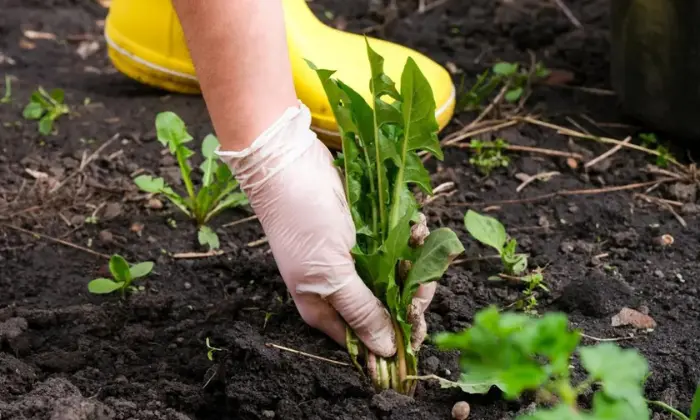
Landscape fabric, also commonly referred to as weed barrier or weed control fabric, is a material specifically designed for use in landscaping and gardening projects. It is typically made from durable synthetic materials like polypropylene and comes in various forms, including woven fabrics and non-woven fabrics.The primary purpose of landscape fabric is to serve as a barrier against weeds while allowing air, water, and nutrients to pass through to the soil below. By blocking sunlight from reaching the soil surface, landscape fabric inhibits the germination and growth of weed seeds.
Should You Use Landscape Fabric Under Gravel?
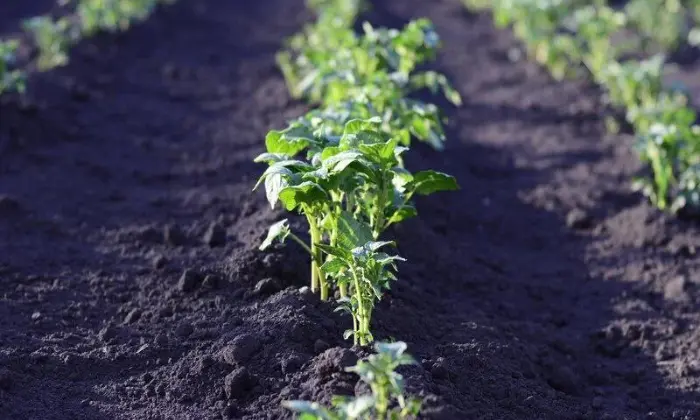
Whether or not to use landscape fabric under gravel is a decision that depends on various factors, including your specific landscaping goals, site conditions, and maintenance preferences. Here are some considerations to help you determine if landscape fabric is the right choice for your gravel landscaping project:
Pros of Using Landscape Fabric Under Gravel
Weed Suppression: Landscape fabric effectively blocks sunlight, inhibiting weed growth and reducing the need for ongoing weeding.
Soil Stabilization: It helps to hold the soil in place, preventing erosion and maintaining the integrity of the landscaped staple area.
Reduced Maintenance: With lay landscape fabric, you’ll spend less time and effort on weed control and soil maintenance, leading to long-term savings.
Cleaner Appearance: By preventing weed from emerging, landscape fabric helps keep the gravel pathway surface looking tidy and well-maintained.
Improved Drainage: Landscape fabric allows water to pass through, promoting proper drainage and preventing waterlogging.
Cons of Using Landscape Fabric Under Gravel
Installation Challenges: Proper installation of landscape fabric requires careful preparation and may be more labor-intensive than other weed control methods.
Potential for Compaction: Over time, landscape fabric can become compacted, reducing its effectiveness and impeding water and air exchange with the soil.
Limited Permeability: While plastic landscape fabric allows water to pass through, it may not provide as effective drainage as gravel alone, especially in heavy rainfall or clay soils.
Longevity Concerns: The lifespan of landscape fabric can vary depending on factors such as UV exposure and soil conditions, potentially requiring replacement over time.
How Long Does Landscape Fabric Last Under Gravel?
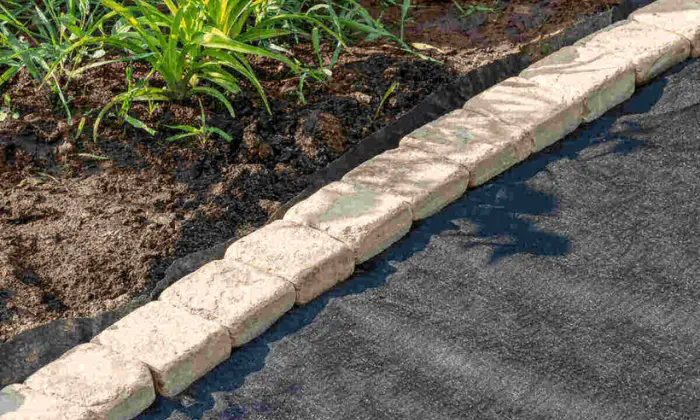
Landscape fabric is a key component in many gravel landscaping projects, providing essential weed control and soil stabilization. However, one common question that arises is: How long does landscape fabric actually last under gravel? Understanding the durability and lifespan of landscape fabric is crucial for planning and maintaining successful landscaping endeavors. Let’s delve into this topic to uncover factors that influence the longevity of landscape fabric in gravel applications.
Factor Landscape Fabric Lasts Under Gravel
Landscape fabric is a key component in gravel landscaping projects, providing weed control and soil stabilization benefits. However, the longevity of landscape fabric under gravel can vary depending on several factors. Here’s a closer look at these factors and their impact on the lifespan of landscape fabric:
Quality of Landscape Fabric: Higher-quality landscape fabrics made from sturdy materials such as woven landscape polypropylene are likely to last longer than cheaper alternatives. Investing in a reputable brand and thicker fabric can contribute to extended longevity.
UV Exposure: Exposure to sunlight can degrade landscape fabric over time, causing it to become brittle and prone to tearing. While some lay landscape fabrics are treated to resist UV damage, prolonged exposure to intense sunlight can still shorten their lifespan. Placing a layer of mulch or decorative gravel pathway on top of the fabric can help provide additional protection from UV rays.
Soil Conditions: The type and condition of the soil beneath the gravel can also impact the lifespan of lay landscape fabric. Soil with a high moisture content or excessive acidity may accelerate the breakdown of the fabric. Additionally, sharp rocks or debris in the soil can puncture or tear the fabric, reducing its effectiveness over time.
Maintenance Practices: Proper maintenance can help prolong the lifespan of landscape fabric under gravel. Regular inspection for signs of wear or damage, such as tears or fraying edges, allows for timely repairs or replacement as needed. Additionally, avoiding heavy equipment or sharp objects on the fabric surface can help prevent premature deterioration.
Climate and Weather Conditions: Climate factors such as temperature fluctuations, humidity levels, and rainfall patterns can affect the longevity of landscape fabric. In regions with extreme weather conditions, including freezing temperatures or heavy rainfall, lay landscape fabric may experience accelerated wear and tear.
Choosing the Best Landscape Fabric for Rock Gardens
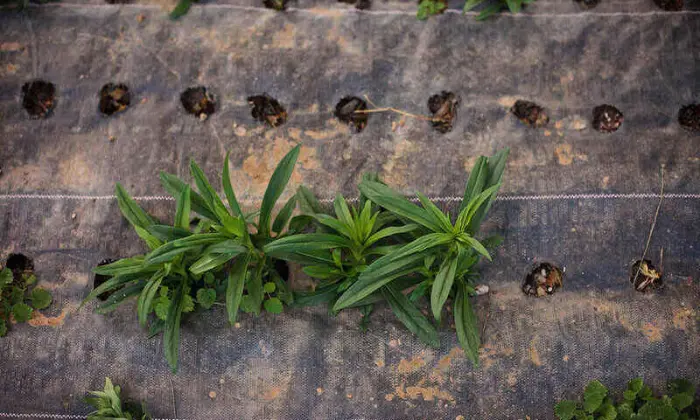
Creating a successful rock garden involves careful planning and selection of the right materials, including landscape fabric. Here’s an overview of important considerations to keep in mind when choosing landscape fabric for your rock garden:
Durability
Rock gardens often experience heavy foot traffic and exposure to the elements. Opt for landscape fabric that is durable and tear-resistant to withstand the rugged terrain and ensure long-lasting weed control and soil stabilization.
Permeability
Proper drainage is essential for the health of plants in rock gardens. Choose landscape fabric with excellent permeability to allow water, air, and nutrients to penetrate the soil, promoting healthy plant growth while preventing waterlogging and soil compaction.
UV Resistance
Rock gardens are typically exposed to sunlight for extended periods. Select landscape fabric with UV-resistant properties to prevent degradation from sun exposure, ensuring the fabric maintains its integrity and effectiveness over time.
Weight and Thickness
Consider the weight and thickness of the landscape fabric to ensure it can support the weight of rocks and withstand the demands of the rock garden environment. Thicker, heavier fabrics are often more durable and provide better weed suppression and soil stabilization.
Ease of Installation
Choose landscape fabric that is easy to install and work with, even in rocky terrain. Look for fabric that can be easily cut and customized to fit the dimensions of your rock garden, and consider options with user-friendly features like pre-cut lines or grid patterns for precise installation.
Environmental Impact
Consider the environmental impact of the landscape fabric materials. Opt for eco-friendly options made from recycled materials or biodegradable fibers to minimize environmental harm while still providing effective weed control and soil stabilization.
Manufacturer Reputation
Research reputable manufacturers or brands known for producing high-quality landscape fabric suitable for rock gardens. Reading reviews and seeking recommendations from gardening professionals can help ensure you choose a reliable and effective product.
Conclusion
In conclusion, landscape fabric plays a crucial role in enhancing the longevity and functionality of gravel landscaping projects. By effectively suppressing weeds, stabilizing soil, and controlling erosion, landscape fabric helps maintain the beauty and integrity of outdoor spaces with minimal maintenance. While weighing the pros and cons and considering alternative methods, it’s clear that landscape fabric remains a valuable asset for achieving sustainable and aesthetically pleasing gravel landscapes. Have a question or need assistance? Contact us today!
FAQS
Should I use landscape fabric under gravel in my landscaping project?
Using landscape fabric under gravel can be beneficial for weed control and soil stabilization. It helps suppress weed growth and prevents the gravel from sinking into the soil, reducing maintenance needs.
How long does landscape fabric last under gravel?
The lifespan of landscape fabric under gravel can vary depending on factors such as the quality of the fabric, environmental conditions, and the amount of foot traffic or weight placed on the gravel surface. Generally, high-quality landscape fabric can last several years if installed correctly.
What are the alternatives to landscape fabric under gravel?
Alternatives to landscape fabric for weed control in gravel landscaping include plastic sheeting, organic mulch, and geotextile materials. Each option has its advantages and disadvantages, so it’s essential to consider your specific landscaping needs and preferences.
What are the pros and cons of using landscape fabric under gravel?
Pros: Effective weed suppression, soil stabilization, reduced maintenance, and improved longevity of the gravel surface.
Cons: Potential for water and air infiltration issues, difficulty in planting new vegetation, and degradation over time.
What is the best landscape fabric for a rock garden?
The best landscape fabric for a rock garden depends on factors such as durability, permeability, and suitability for the specific environment. Look for landscape fabric products designed for use in rocky or gravelly areas, and consider brands like Robert’s Complete Care for reliable options.

